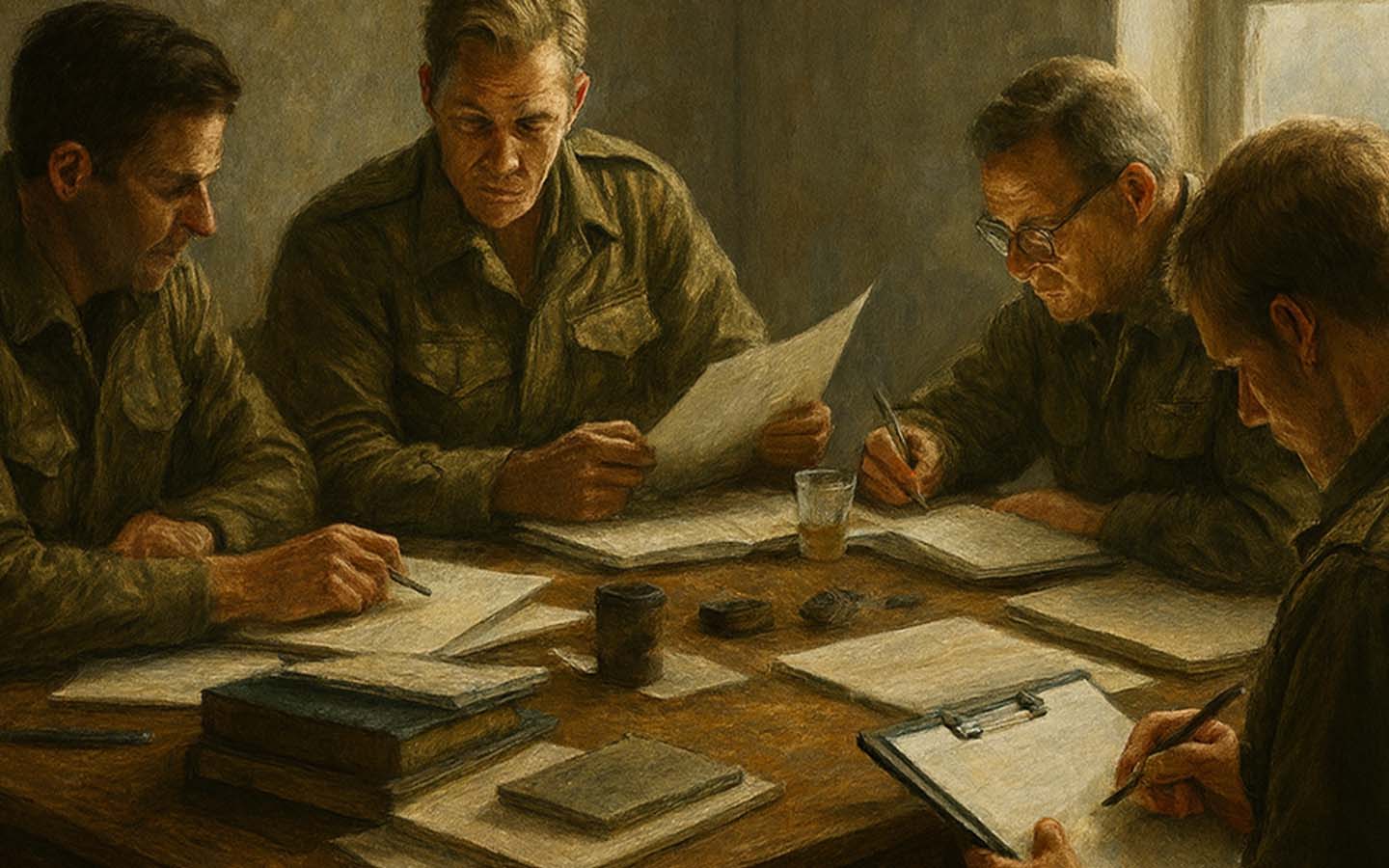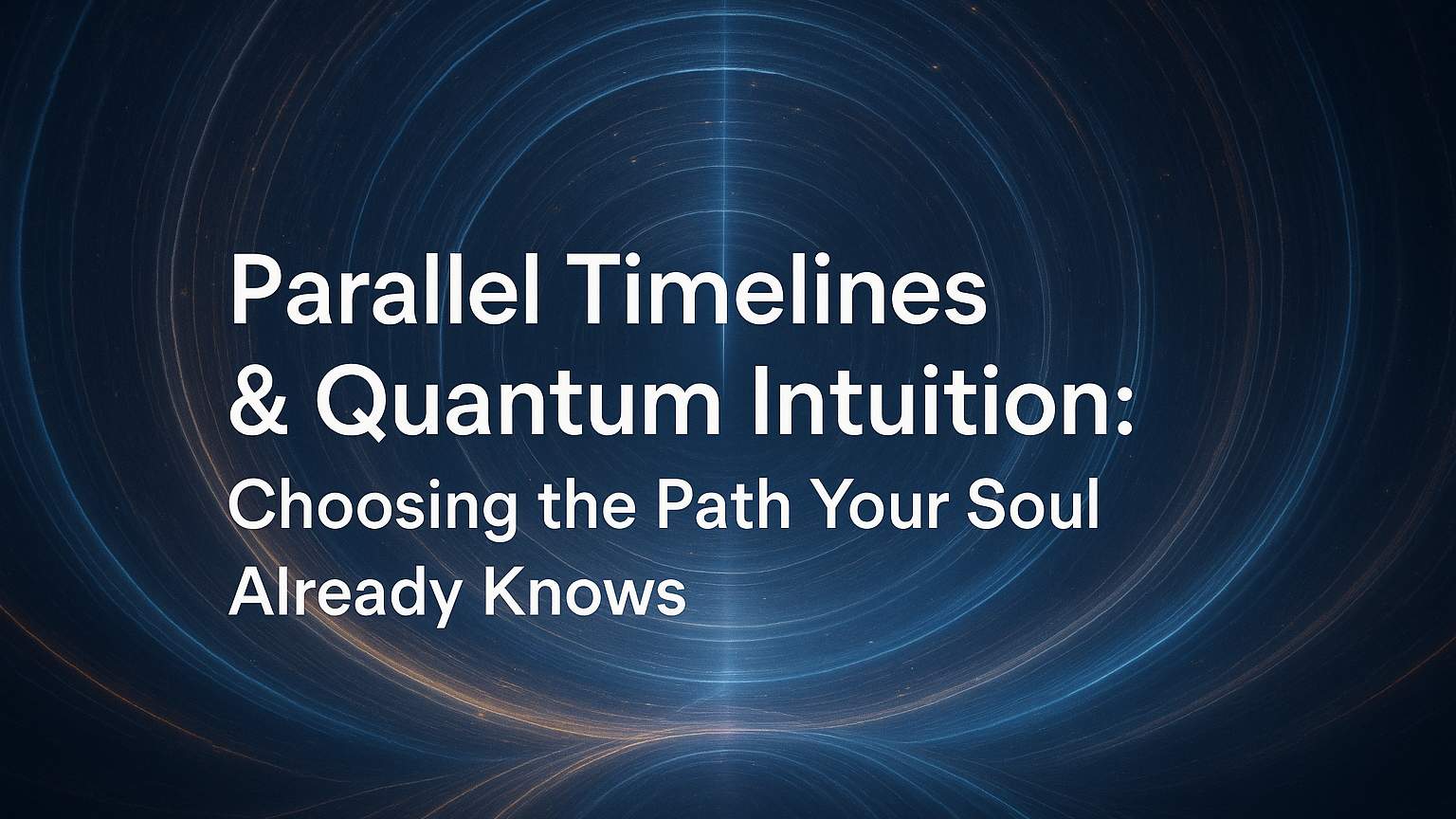Some people pick up on what others miss—the tension beneath polite conversation, the unspoken worries in a team meeting, the subtle shifts in mood when a new idea is introduced. This skill is known as clairsentience: the intuitive ability to feel energy, emotion, and atmosphere. In the workplace, it becomes a powerful form of leadership intelligence.
What clairsentience looks like in a professional setting
Clairsentient individuals sense the emotional current of a room the way others sense temperature. They notice micro-expressions, tone changes, body language, and energetic “static” long before conflict or misalignment becomes visible. This sensitivity allows them to guide conversations, soothe tension, and bring clarity to group dynamics.
Signs you may be clairsentient at work
- You can tell when someone is overwhelmed or upset even when they hide it.
- Meetings leave you energized or exhausted depending on the group’s emotional tone.
- You sense whether an idea will be well received before anyone reacts.
- You feel pressure, discomfort, or warmth around certain people or topics.
- Your instincts about timing—when to speak, pause, or redirect—are unusually accurate.
Leading with energetic awareness
Clairsentience is not about absorbing everyone’s emotions—it’s about reading the energetic landscape and responding with intention. Leaders who understand this gift can:
- Diffuse tension before it escalates.
- Guide meetings with calm, grounded presence.
- Create psychological safety by noticing when someone feels unheard.
- Advocate for pacing, structure, or rest when a team is overwhelmed.
- Sense which ideas have momentum and which require refinement.
Practical tools for clairsentient professionals
- Energy scanning: before entering a room, take one breath and sense the emotional temperature without judgment.
- Grounding rituals: keep your energy anchored through breathwork, posture shifts, or brief pauses.
- Boundary visualization: imagine a soft sphere of light around your body to prevent emotional absorption.
- Somatic listening: use body sensations—tightness, warmth, openness—as data points.
When sensitivity feels overwhelming
Clairsentients may experience burnout if they constantly absorb workplace emotions. Recognizing the difference between sensing and carrying is essential. Sensitivity becomes a gift when paired with grounding, boundaries, and self-awareness. You can feel the energy without becoming the container for it.
The impact on team culture
Teams led by clairsentient individuals often feel more supported, aligned, and emotionally safe. People speak up earlier. Conflicts resolve faster. Creativity expands because intuition is valued alongside logic. The workplace becomes less mechanical and more human.
Using clairsentience in decision-making
Energetic alignment is often a more accurate predictor of success than metrics alone. When something feels “off,” it usually is. When a project feels alive, collaborative, and flowing, that momentum often leads to breakthroughs. Clairsentience helps leaders make choices that honor emotional truth as well as strategic goals.
Closing reflection
Clairsentience is not a mystical exception—it’s an intuitive form of intelligence that many people quietly use every day. By honoring this ability, you can lead with deeper presence, navigate complexity with grace, and create work environments where people feel seen, understood, and genuinely supported. Feeling the room is not a weakness—it’s a superpower.













